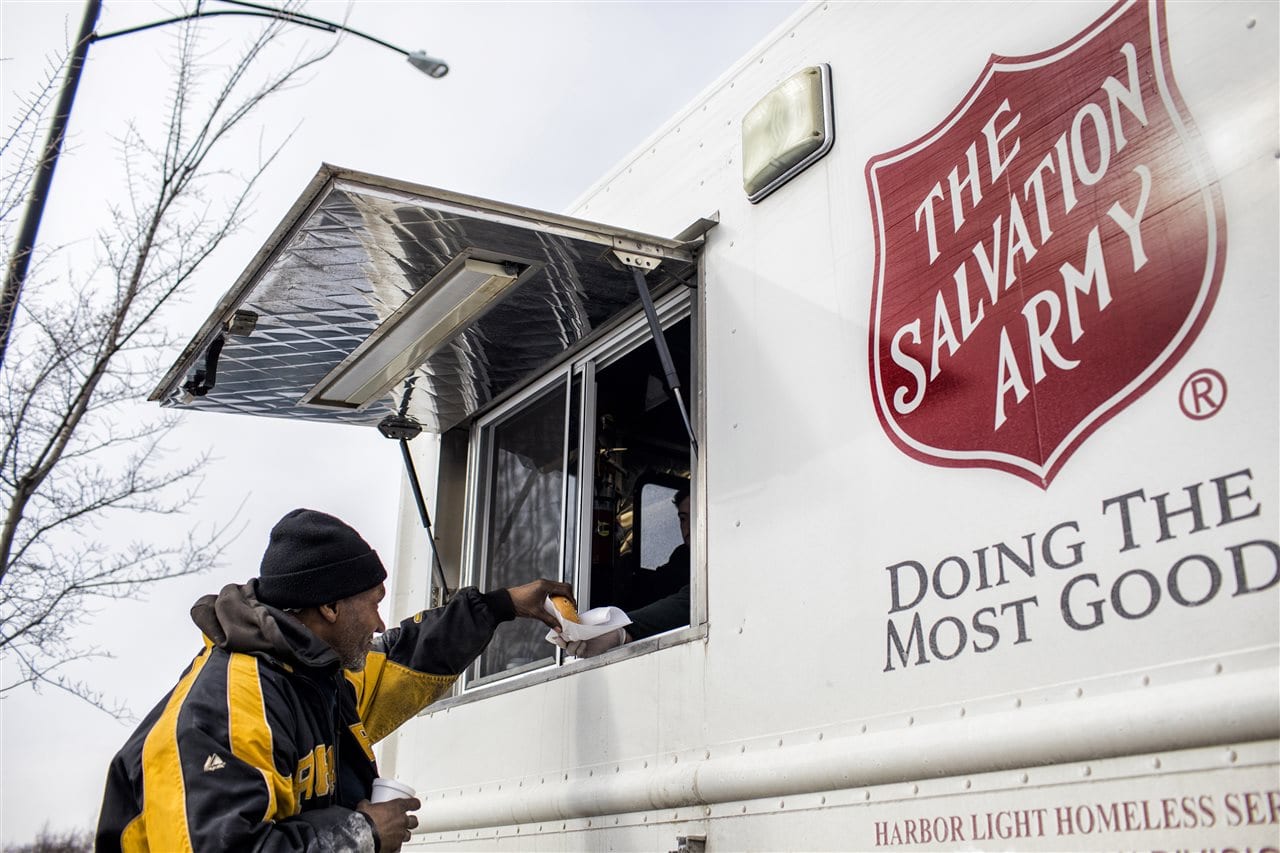By: d-mars
On Monday, April 8, the total solar eclipse will cross North America, passing over Mexico, the United States, and Canada.
Here is what you should know ahead of the exciting event, which last took place seven years ago:
According to USA Today, the solar eclipse will fall over more places in the U.S. than the total eclipse before and after it. And the broad length of the path of totality – where Americans have the best shot of getting a clear view – is “much wider” than it was for the 2017 eclipse, the National Aeronautics and Space Administration explained.
The total solar eclipse will begin over the South Pacific Ocean. Weather permitting, the first location in continental North America that will experience totality is Mexico’s Pacific coast at around 11:07 a.m. PDT.
The path of the eclipse continues from Mexico, entering the U.S. in Texas, and traveling through Oklahoma, Arkansas, Missouri, Illinois, Kentucky, Indiana, Ohio, Pennsylvania, New York, Vermont, New Hampshire, and Maine. Small parts of Tennessee and Michigan will also experience the total solar eclipse. The eclipse will enter Canada in Southern Ontario, and continue through Quebec, New Brunswick, Prince Edward Island, and Cape Breton. The eclipse will exit continental North America on the Atlantic coast of Newfoundland, Canada, at 5:16 p.m. NDT.
What are the best places for people to view the eclipse?
There are several amazing Texas destinations along the path of totality that offer stellar activities to plan around the eclipse. According to gov.texas.gov, if you’re planning on being out in the Hill Country, you’ll find more remote viewing spots in places like Boerne, Bandera, or Kerrville. F
See a tour of NASA’s 2024 Solar Eclipse Map in the video player below:
View NASA’s Eclipse Explorer here.







